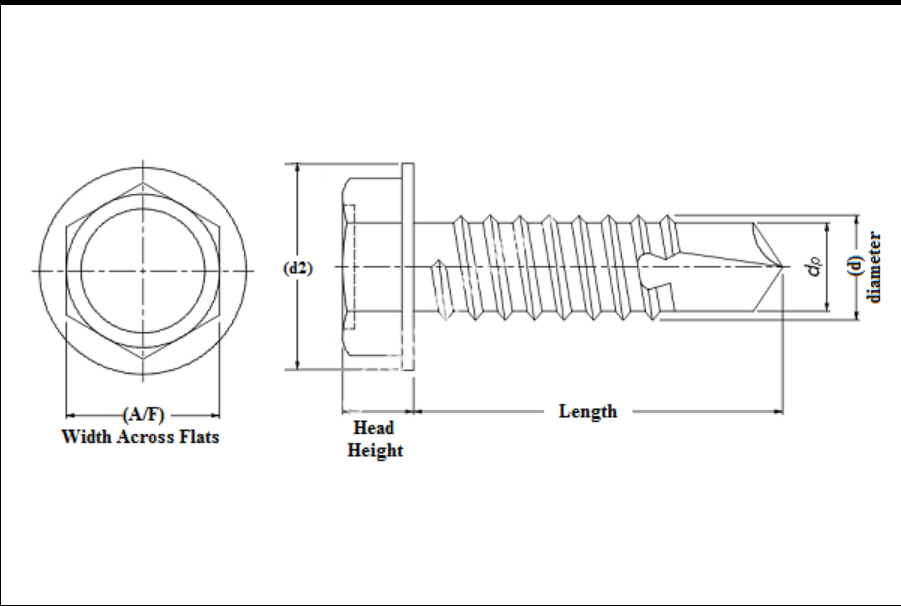Drywall Companies Specializing in Screw Installation for Studs and Drywall Solutions
Screwing into Studs in Drywall A Guide for Homeowners
When it comes to hanging shelves, televisions, or heavy artwork, understanding how to effectively screw into studs behind drywall is crucial. Using the right techniques and tools can ensure that your installations are safe, secure, and capable of supporting significant weight. This article will explore the importance of knowing how to screw into studs in drywall, the tools needed, and tips for choosing reliable drywall installation companies.
Understanding Drywall and Studs
Before diving into the practical aspects of screwing into studs, it's essential to understand what drywall and studs are. Drywall, also known as gypsum board or plasterboard, is a construction material used to create walls and ceilings. Studs are the vertical framing members in a wall that provide structural support. Typically made of wood or metal, studs are placed either 16 or 24 inches apart, measured from the center of one stud to the center of the next.
Finding a stud is critical because drywall alone cannot support heavy items securely. Screwing directly into a stud distributes the weight and provides a solid anchor point. Failing to locate a stud when hanging items can not only lead to damage of your drywall but can also create safety hazards if the item were to fall.
Tools You Will Need
To hang items properly and safely, you will need the right tools
1. Stud Finder This electronic tool helps locate the edges and center of wall studs behind the drywall. 2. Drill A power drill will be essential for creating pilot holes and driving screws into the studs. 3. Screws Use wood screws or drywall screws, depending on the project and item being hung. 4. Level To ensure that your installation is straight and aligned. 5. Tape Measure For accurate spacing and placement. 6. Pencil For marking the exact spot where you want to drill.
The Process of Finding and Screwing into a Stud
1. Locate the Studs Use a stud finder to locate the edges of the studs, then mark their centers with a pencil. If you don’t have a stud finder, you can knock on the wall; a hollow sound indicates a gap, while a solid sound indicates a stud.
2. Measure and Mark Once you’ve found the stud location, measure and mark where you want to place your screw. Ensure it aligns with the item you are hanging.
3. Drill Pilot Holes If you're using heavy screws or need to drive them in at a specific angle, drill a pilot hole slightly smaller than the screw diameter. This will make it easier to screw into the stud without splitting the wood.
screw into stud drywall companies

5. Check for Level Before fully securing your item, use a level to ensure it hangs straight. Adjust as necessary.
Choosing the Right Drywall Company
For those who prefer to leave the work to the professionals, selecting a reputable drywall installation company is essential. Here are some tips for choosing the right one
1. Research Look for companies with good reviews and ratings from previous customers. Websites like Yelp and Google Reviews can provide insights into their work quality.
2. Ask for References A reliable company should be willing to provide references of past clients who can share their experiences.
3. Get Quotes Obtain multiple quotes to compare prices and services. Be cautious of estimates that seem too low; they may indicate poor-quality work or hidden fees.
4. Check for Licensing and Insurance Ensure that the company is licensed and insured to protect yourself and your property.
5. Discuss Your Needs Communicate clearly about your project requirements, the weight of items you wish to hang, and any special considerations. A knowledgeable contractor will offer helpful solutions and advice.
Conclusion
Understanding how to screw into studs behind drywall is a vital skill for any homeowner, especially when tackling DIY projects. With the proper tools and techniques, you can ensure your installations are secure and aesthetically pleasing. For those who prefer professional assistance, selecting a reputable drywall installation company is just as important. By following the steps outlined in this guide, you can achieve a safe and durable outcome in your home projects. Whether you're hanging a simple picture frame or a heavy shelf, knowing how to properly screw into studs will save you time, money, and potential accidents.
-
Top Choices for Plasterboard FixingNewsDec.26,2024
-
The Versatility of Specialty WashersNewsDec.26,2024
-
Secure Your ProjectsNewsDec.26,2024
-
Essential Screws for Chipboard Flooring ProjectsNewsDec.26,2024
-
Choosing the Right Drywall ScrewsNewsDec.26,2024
-
Black Phosphate Screws for Superior PerformanceNewsDec.26,2024
-
The Versatile Choice of Nylon Flat Washers for Your NeedsNewsDec.18,2024










